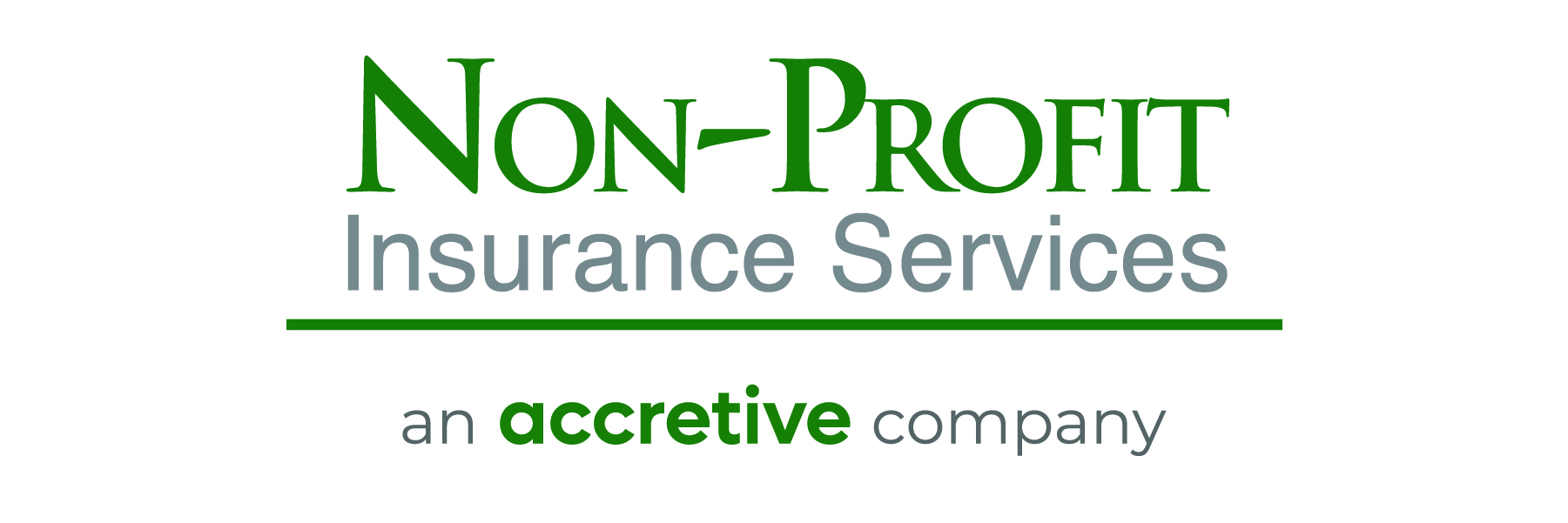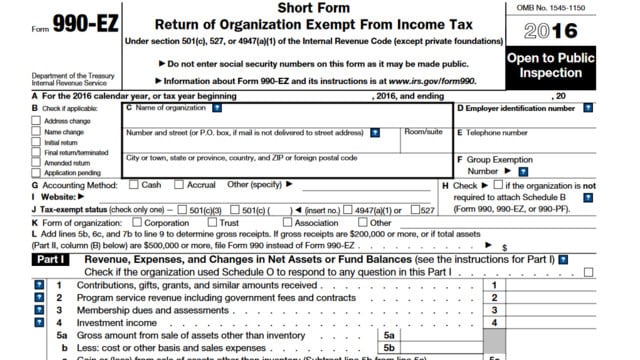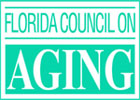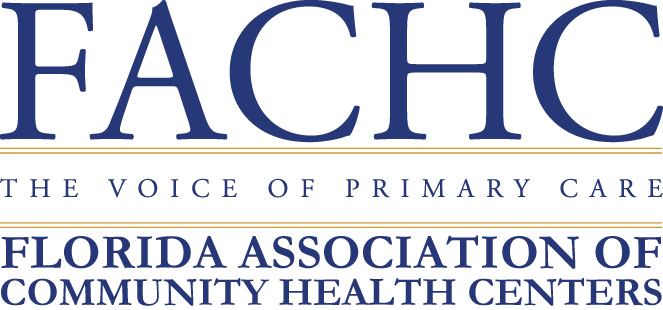Originally posted on BKD CPAs & Advisors by Donna Larson.
The IRS recently issued the 2018 Form 990, Return of Organization Exempt from Income Tax, along with the applicable form instructions. Most of the changes to this year’s form and instructions reflect changes made to the tax law by the Tax Cuts and Jobs Act (TCJA).
Some changes to note:
- Excise tax on executive compensation – For tax years beginning after December 31, 2017, new Internal Revenue Code (IRC) Section 4960 imposes an excise tax on an organization that pays to any covered employee more than $1 million in remuneration or pays an excess parachute payment during the calendar year that falls within an employer’s tax year. New Line 15 has been added to Form 990, Part V to ask if the organization is subject to the excise tax.
- Excise tax on net investment income of certain colleges and universities – Form 990, Part V has added new Line 16 that asks if the organization is an educational institution subject to the IRC §4968 excise tax on net investment income. For tax years beginning after December 31, 2018, an excise tax of 1.4 percent is imposed on net investment income of certain private colleges and universities with at least 500 tuition-paying students—more than 50 percent of which are located in the U.S.—and investment assets of at least $500,000 per student. The form instructions provide a worksheet to assist the organization in determining if the tax applies.
- Financial Accounting Standards Board (FASB) changes – For years ending after December 15, 2017, FASB Accounting Standards Codification 958 changed the way not-for-profit organizations classify net assets by requiring the assets to be categorized into two groups: those with donor restrictions and those without donor restrictions. Part X provides three classifications for net assets, as well as instructions on how to report these classifications.
- Form 990-T – Form 990-T and the related instructions reflect numerous changes as a result of the TCJA. Some of these changes include the siloing of unrelated trade or business activities, an increase in unrelated business taxable income for disallowed fringe benefits, limitations on interest and entertainment expenses and the elimination of the option to carry back a net operating loss. More details can be found in the previous BKD Thoughtware®article “How Much Tax Will Your Organization Pay? IRS Releases Draft Form 990-T.”
- Change to Schedule B – The IRS has removed the requirement that certain tax-exempt organizations disclose the names and addresses of contributors on Schedule B, Schedule of Contributors. These organizations must continue to maintain this information in their records. The disclosure requirement still applies to IRC §501(c)(3) organizations, §4947(a)(1) nonexempt charitable trusts and §527 political organizations.









